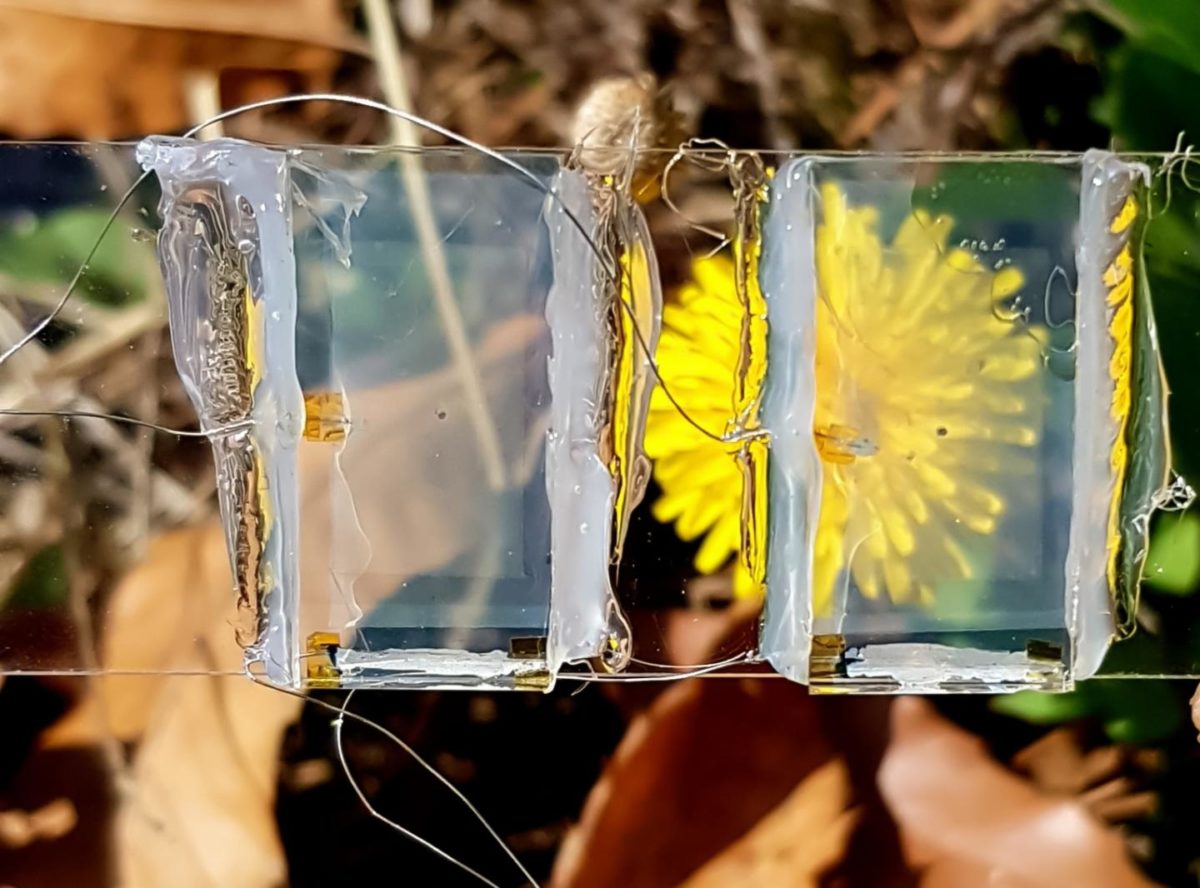A group of scientists from South Korea's Incheon National University has developed a low-cost transparent solar cell that, it is claimed, is able to operate as a self-powered photodetector and a power generator.
The fully transparent solar cell is based on a titanium dioxide (TiO2) layer used as a UV light absorber and a Nickel(II) oxide (NiO) layer deposited for high transmittance for visible light. “The p-type semiconductor NiO serves as the heterojunction counterpart to n-type TiO2,” the researchers explained.
The device was built with a glass substrate, a fluorine-doped tin oxide (FTO) film – on top of which the two layers were deposited – and a coating of silver nanowire. “The FTO and silver nanowires (AgNWs) serve as the bottom and the top electrodes for collecting photo-generated carriers, respectively,” the Korean group specified, adding that the p-n heterostructure-based TiO2 can also separate the photogenerated charges by the internal electric field at junction interface, resulting in self-powered operation.
The measurements taken by the scientists showed that the integrated PV device is able to produce electric power with a conversion efficiency of 2.1%, with more than 57% of visible light being transmitted through the cell's layers. “By UV illumination, the transparent solar cell generated power to move a motor (0.2 V and 10 mA),” they specified. “This clearly suggests the transparent solar cell would serve as an invisible power generator.”
Popular content
The low-cost cell may be suitable for various applications in many electronic devices. “While this innovative solar cell is still very much in its infancy, our results strongly suggest that further improvement is possible for transparent photovoltaics by optimizing the cell's optical and electrical properties,” said research co-author Joondong Kim.
The solar cell was described in the study Transparent photovoltaic cells and self-powered photodetectors by TiO2/NiO heterojunction, published in the Journal of Power Sources.
This content is protected by copyright and may not be reused. If you want to cooperate with us and would like to reuse some of our content, please contact: editors@pv-magazine.com.



1 comment
By submitting this form you agree to pv magazine using your data for the purposes of publishing your comment.
Your personal data will only be disclosed or otherwise transmitted to third parties for the purposes of spam filtering or if this is necessary for technical maintenance of the website. Any other transfer to third parties will not take place unless this is justified on the basis of applicable data protection regulations or if pv magazine is legally obliged to do so.
You may revoke this consent at any time with effect for the future, in which case your personal data will be deleted immediately. Otherwise, your data will be deleted if pv magazine has processed your request or the purpose of data storage is fulfilled.
Further information on data privacy can be found in our Data Protection Policy.